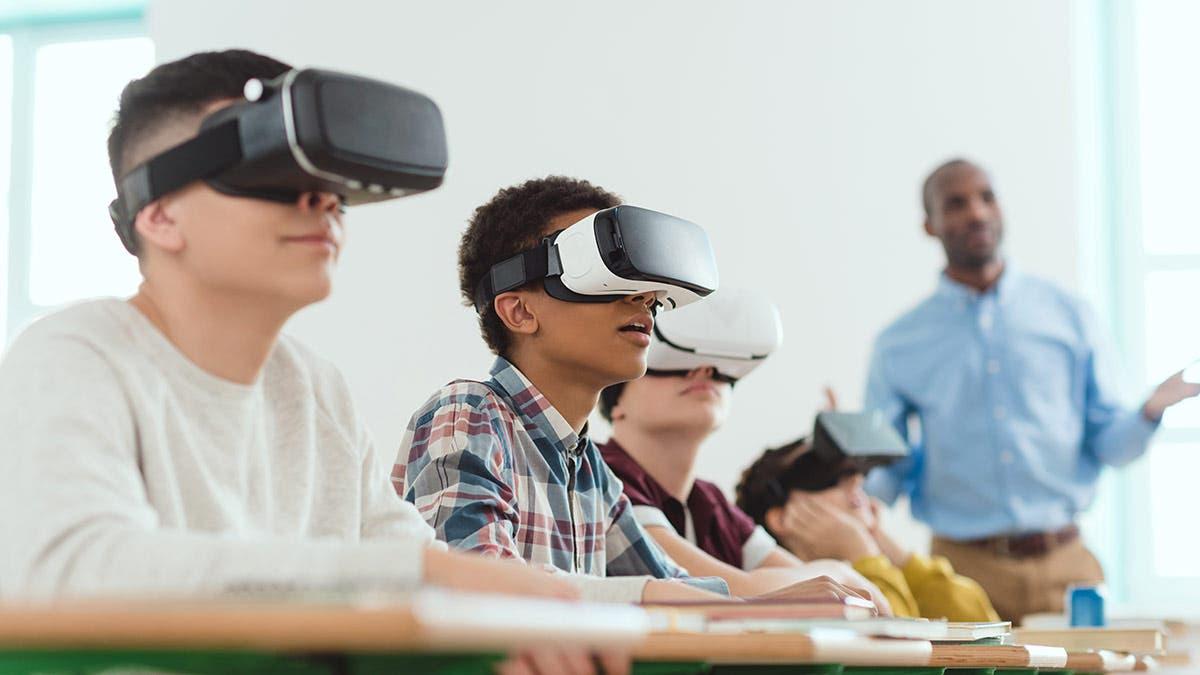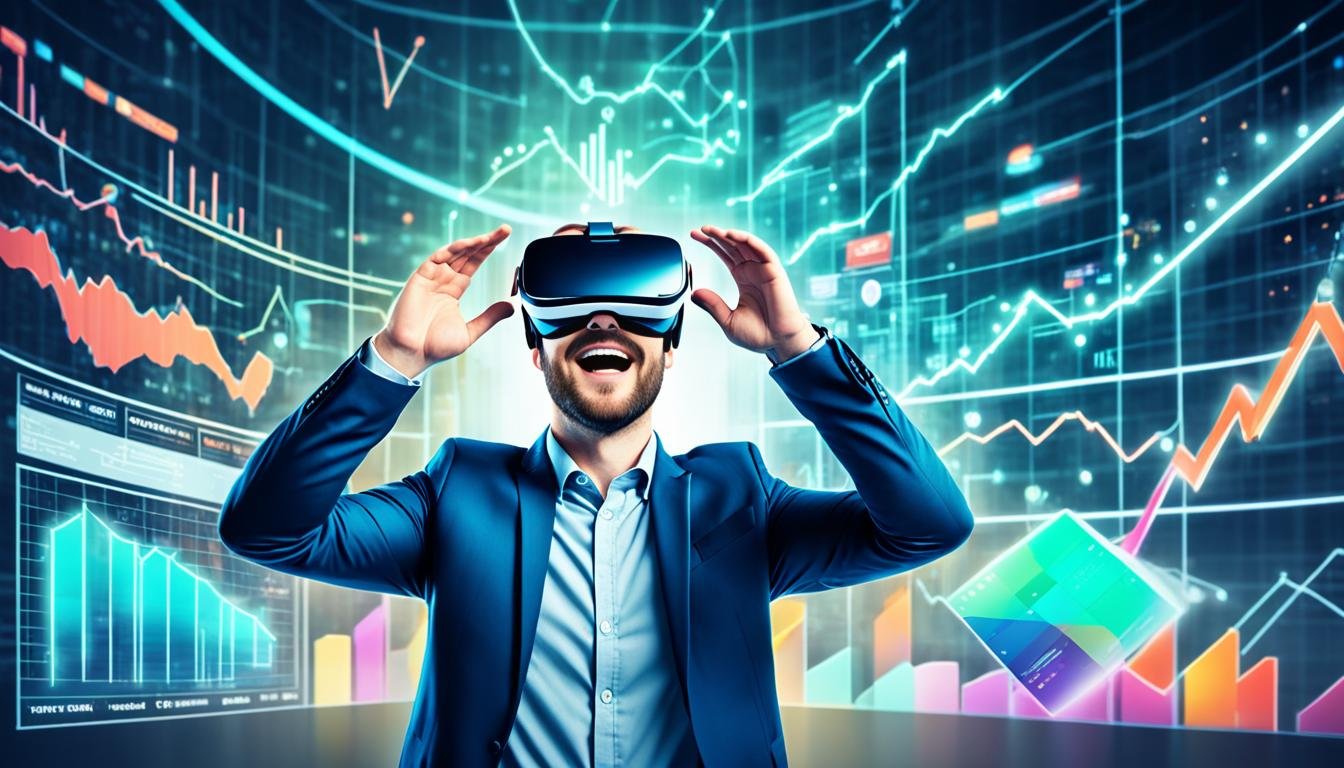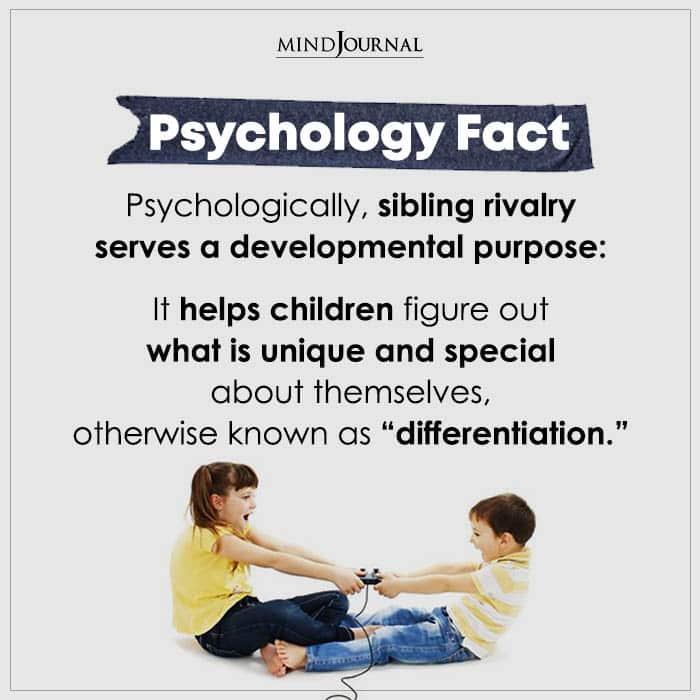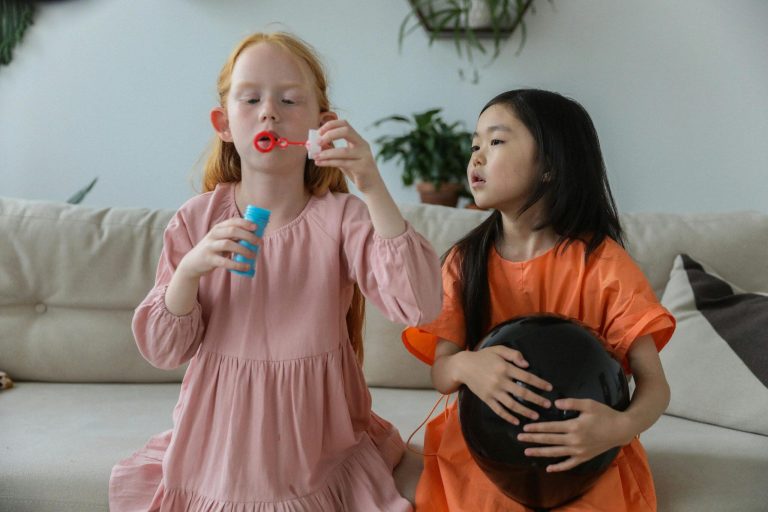Transforming Education: Virtual Reality’s Classroom Revolution

Welcome to the classroom of the future, where the only homework assignment is to strap on a virtual reality headset and immerse yourself in a world of endless possibilities. No more boring lectures, stuffy textbooks, or multiple choice tests. With virtual reality technology, education has been given a much-needed facelift, turning learning into a thrilling adventure that will have you questioning whether you’ve actually been transported to a different dimension. So put on your VR goggles and get ready to join the revolution that is shaking up the traditional classroom experience.
The Rise of Virtual Reality in Education
In the virtual world of education, students can travel to ancient civilizations, dissect virtual frogs without the mess, and even walk on the surface of Mars without needing a spaceship. Virtual reality (VR) is revolutionizing the way students learn and interact with educational content.
With VR technology, students are no longer confined to the limitations of traditional teaching methods. They can immerse themselves in realistic simulations that bring abstract concepts to life. From exploring the human body in 3D to practicing foreign language skills in virtual conversations, the possibilities are endless.
One of the greatest advantages of virtual reality in education is the ability to cater to different learning styles. Visual learners can benefit from the immersive visuals and graphics, while kinesthetic learners can interact with the content in a hands-on way. By engaging multiple senses, VR can enhance retention and understanding of complex subjects.
Teachers are finding creative ways to incorporate VR into their lesson plans, whether it’s using VR headsets for virtual field trips or creating interactive simulations for science experiments. As technology continues to advance, is only just beginning. Who knows, maybe one day we’ll all be attending virtual classrooms in our pajamas!
Enhancing Student Engagement and Learning through VR
Forget boring textbooks and dull lectures—VR is here to revolutionize the way students engage with learning material! By immersing students in a virtual world, educators can create interactive and engaging lessons that capture their attention from start to finish.
With VR technology, students can explore historical landmarks, conduct virtual science experiments, and even travel through time—all without leaving the classroom. This hands-on approach to learning not only makes lessons more memorable, but also fosters critical thinking skills and encourages creativity.
Imagine stepping into a virtual reality simulation of Shakespeare’s Globe Theatre, where you can experience the sights and sounds of a live performance from the comfort of your own headset. Or picture dissecting a frog in biology class without the mess and ick factor—VR makes it all possible!
So, why settle for the same old traditional teaching methods when you can enhance student engagement and learning through the exciting world of virtual reality? Embrace the future of education and watch your students’ curiosity and passion for learning soar to new heights!
Breaking down Geographic and Socioeconomic Barriers in Education
Are you tired of geography and socioeconomic status getting in the way of a good education? Well, fear not, because we are here to break down those barriers like a wrecking ball through a wall made of bologna.
Firstly, let’s tackle the issue of geographic barriers. Who decided that your zip code should determine the quality of your education? As if the magical powers of a few numbers could somehow dictate how much knowledge you are entitled to. But fret not, because with the power of the internet, we can bring the classroom to you! No longer will you have to trek through snowstorms or dodge rabid squirrels just to get to school. With online learning, the world is your oyster, or should we say, your educational playground.
Next up, let’s talk about those pesky socioeconomic barriers. Just because your family may not be rolling in dough like Scrooge McDuck, doesn’t mean you should be denied the chance to excel in school. Scholarships, grants, and financial aid are here to save the day! Say goodbye to selling your kidney on the black market just to afford textbooks and say hello to a world where everyone has equal access to education, regardless of how many zeros are in your bank account.
So, let’s band together and unleash the power of education on the world. Let’s shatter those geographic and socioeconomic barriers like a bull in a china shop. Because when it comes to learning, everyone deserves a seat at the table, no matter where they come from or how much money they have in their wallet.

VR Technology: A Tool for Personalized Learning Experiences
So you think VR technology is just for playing games and watching movies? Think again! This revolutionary tool is taking personalized learning experiences to a whole new level.
Imagine stepping into a virtual classroom where you can explore the depths of the ocean, travel back in time to ancient civilizations, or even dissect a frog without the mess. With VR technology, the possibilities are endless!
Not convinced yet? Here are some reasons why VR is the ultimate tool for personalized learning:
- Engagement: Say goodbye to boring lectures and textbooks. VR immerses students in a 3D environment that makes learning fun and interactive.
- Individualized learning: With VR, students can learn at their own pace and focus on subjects that interest them the most.
- Real-world applications: From medical training to flight simulations, VR technology allows students to experience real-world scenarios in a safe and controlled environment.

The Future of Education: Virtual Classrooms and Immersive Experiences
In today’s technology-driven world, the future of education is looking brighter than ever with the rise of virtual classrooms and immersive experiences. Gone are the days of boring lectures in stuffy classrooms, as students now have the opportunity to learn in exciting, interactive ways.
Imagine stepping into a virtual classroom where your teacher is a hologram and your classmates are avatars. You can explore ancient history through virtual reality simulations, conduct science experiments in a digital lab, and even practice speaking a new language with a virtual tutor. The possibilities are endless!
With virtual classrooms, students can learn at their own pace and in their own way. Whether you’re a visual learner who benefits from 3D models and videos or a hands-on learner who thrives in interactive simulations, virtual classrooms cater to all learning styles. Plus, you can attend class from the comfort of your own home in your pajamas – because who said you can’t learn calculus while snuggled up in bed?
So, say goodbye to boring textbooks and hello to a future of education that is as immersive and engaging as playing your favorite video game. Get ready to dive into virtual worlds, interact with digital teachers, and embark on educational adventures that will make you forget you’re even learning – because hey, education can be fun too!
Challenges and Considerations for Implementing VR in Education
Implementing VR in education is a thrilling prospect for educators and students alike. However, there are definitely some challenges and considerations to keep in mind before diving headfirst into the virtual world.
One major concern is the cost associated with VR technology. Schools may need to invest in expensive headsets, software, and equipment to fully utilize VR in the classroom. This could potentially strain already tight budgets, making it difficult for some schools to embrace this innovative technology. Who knew that transporting students to a virtual world could come with such a hefty price tag?
Another consideration is the potential for VR to be a distraction rather than a learning tool. With the immersive nature of virtual reality, students may struggle to focus on educational content and instead get lost in a world of games and simulations. It’s like trying to teach algebra while a virtual roller coaster is whizzing by – not exactly conducive to learning!
Additionally, there may be concerns about the safety and well-being of students while using VR technology. Motion sickness, disorientation, and even accidents from walking around with a headset on are all potential risks. Imagine the chaos of a classroom full of students stumbling into desks and walls while exploring the virtual world – definitely not a scene you want to witness!
FAQs
What exactly is virtual reality and how is it being used in education?
Virtual reality is like living in a dream where you can touch, feel, and interact with objects in a computer-generated environment. In education, it’s taking boring classroom lessons and turning them into unforgettable adventures that make learning fun and engaging!
Is virtual reality affordable for schools to implement in the classroom?
You know what they say, you gotta spend money to make money! Okay, maybe you won’t make money, but investing in virtual reality for education is totally worth it. While the upfront costs can be a bit pricey, the long-term benefits for students’ learning experiences are priceless.
What are some examples of virtual reality enhancing educational experiences?
Picture this: instead of reading about ancient Egypt in a dusty old textbook, students can put on a VR headset and be transported back in time to walk among the pyramids and pharaohs. It’s like a history lesson on steroids!
Are there any concerns about using virtual reality in education?
Sure, there are always a few Debbie Downers out there worried about kids getting motion sickness or spending too much time in a virtual world. But hey, as long as teachers are monitoring usage and setting boundaries, virtual reality in the classroom is as safe as a fluffy kitten.
How does virtual reality cater to different learning styles?
Virtual reality is like a magical genie that can grant wishes for all types of learners! Whether you’re a visual learner who benefits from seeing things in 3D, or a hands-on learner who craves interactive experiences, VR has something for everyone. It’s like a personalized learning experience, but way cooler.
Time to put on your virtual thinking caps!
Well, folks, it looks like the future of education is here and it’s wearing a headset. Virtual reality has the power to revolutionize the way we learn, making classroom trips to the moon a reality and turning history lessons into interactive adventures. So next time you’re feeling a little bored in class, just remember – the virtual world is waiting for you!






